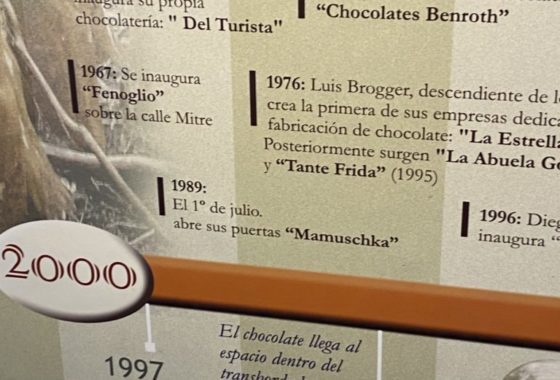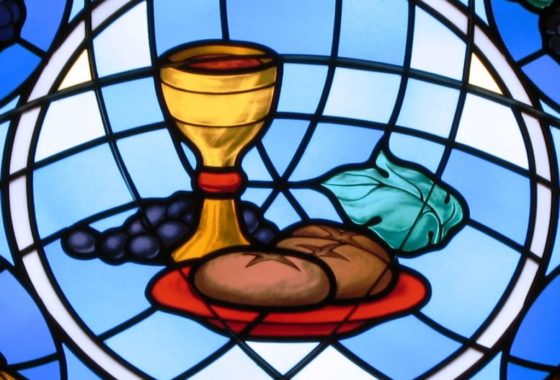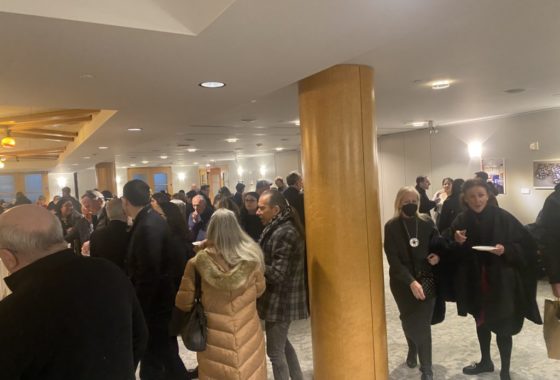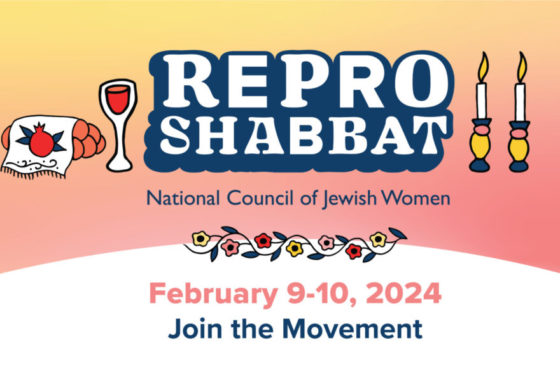Saluting Military Chocolate
Memorial Day recalls the tangible and serious sacrifices made by members of the US military. Chocolate has played a part in that here, as well as in Israel and Britain. When I came across these stories as I was researching On the Chocolate Trail, I was surprised at how important chocolate was for both emotional and physical sustenance in the military.
For instance in the Colonial period in North America, military chaplains were rationed a certain amount of chocolate, among other items: “Chaplain of a brigade shall be entitled to draw only six galons of Rum, either four pounds of Coffee or Chocolate … monthly.”
During World War II the U. S. military also put chocolate to good use in rations. Hershey developed its Ration D Bar to very clear specifications at the government’s request. These bars needed to be nutritious, portable, and temperature resistant, yet not so appealing that soldiers would devour them as snacks.18 The final ingredients included chocolate mass, sugar, skim milk powder, cocoa butter, oat flour, and vanillin. Sugar quantities were decreased and chocolate mass increased to give the bar a less pleasing taste than normal chocolate bars. The formula created a heavy paste that had to be pressed rather than poured into molds. A four-ounce bar contained six hundred calories. The original formula and shape of the ration bar were altered slightly when thiamine hydrochloride was added as a source of vitamin B1 to prevent beriberi, a disease likely to be encountered by troops in the tropics.
The calories and nutrition from chocolate also smoothed moments of liberation. Soldier Harry J. Herder Jr. connected with a very young survivor through chocolate at the liberation of Buchenwald concentration camp. Herder pulled a chocolate bar out of his pocket, but the child had no recognition of what it was. While the child practiced the pronunciation “candy” and “chocolate,” Herder removed the chocolate wrapper. As he watched the youngster’s puzzlement, Herder realized that he had probably never tasted chocolate! Herder showed him how to break off a piece, put it in his mouth, and chew it. He slowly ate the entire bar “with wonderment” in his eyes. They drank hot cocoa from Herder’s K rations. At the end of his tour, Herder emptied his pockets of all of his candy bars for his new friend.
Survivor Mike Jacobs tasted his first Hershey bar at the liberation of Mauthausen Concentration Camp by American soldiers. Born in Konin, Poland, and named Mendel Jakubowicz, he was nineteen and a half years old and weighed seventy pounds in 1945. Having been sent to Mauthausen when Auschwitz was evacuated, he saw tanks approaching the camp and wondered why the Germans had switched the customary swastika to a star. Hours later, more star-studded tanks arrived, and a soldier tossed him a little package. “I grabbed it and run [sic] into the barracks and say, ‘Hey, guys, look—I got a bar of chocolate. And can you imagine! The name of the chocolate is Hershel!’ [Hershel is a common Yiddish name.] I didn’t read the wrapper properly, so the first American food I eat is a Hershel bar.”
I take this moment now to salute our American soldiers and their sense of duty and the chocolate that fueled them.
More about military, refugee and survivor chocolate in may be found in On the Chocolate Trail: A Delicious Adventure Connecting Jews, Religions, History, Travel, Rituals and Recipes to the Magic of Cacao.
Recent Posts
-
On the Chocolate Trail in Bariloche, Argentina
In March, Mark and I finally extended our chocolate trail explorations in celebration of our special anniversary to Bariloche…via Miami, Buenos Aires, Ushuaia, Antarctica, and Buenos Aires again. There were international flights, a cruise, a couple of domestic flights to get there. All of the travel was amazing, but Bariloche, sometimes called the chocolate capital
Read more › -
Sunday Yeast Polemics: On the Bread Trail
Leavened bread or not? While some of us may think of Passover, the question applied to Eucharistic bread and created significant division in the early Christian Church. The leavened bread for Sunday use was often baked at home by women. Over time, preferences shifted to clergy, church-produced, breads… and, the Eastern Orthodox Church preferred a
Read more › -
Sweet Treat: Chocolate and the Making of American Jews
You may wonder: how did chocolate help define American Jews? Through chocolate, we see that Jews were part of America since its earliest days. Well, since 1701 at least, Jews in the Colonies made part of their living through chocolate. Several Sephardim, leaders of their New York and Newport Jewish and secular communities, participated in
Read more › -
How About Some Uterus Challah?
When Logan Zinman Gerber felt enraged about the loss of reproductive rights in the U.S., she baked challah. Not any challah. She shaped it into a uterus. It wasn’t long after the birth of her daughter that Gerber, a longtime challah baker and staff member of the Religious Action Center of the Reform movement, considered
Read more ›
Some Previous Posts
(in alphabetical order)
- "Boston Chocolate Party" Q&As with Deborah Kalb
- 2022 Media for The "Boston Chocolate Party"
- A Manhattan synagogue explores the rich, surprising history of Jews and chocolate
- About Rabbi Deborah Prinz
- Baking Prayers into High Holiday Breads
- Boston Chocolate Party
- Digging into Biblical Breads
- Exhibit Opens! Sweet Treat! Chocolate & the Making of American Jews
- For the Easiest Hanukah Doughnuts Ever
- Forthcoming! On the Bread Trail
- Funny Faced Purim Pastries
- Good Riddance Chameitz or, The Polemics of Passover's Leaven
- How About Some Uterus Challah?
- Injera*
- Jewish Heritage Month: Baseball & Chocolate!
- Matzah - But, the Dough Did Rise!
- Plan a Choco-Hanukkah Party: 250th Anniversary Tea Party
- Prayers Into Breads
- To Shape Dough: A Trio of Techniques
Archives
2025
▾- All
2024
▾- January
- February
- March
- May
- July
- All
2023
▾- March
- April
- May
- June
- August
- November
- December
- All
2022
▾- February
- April
- November
- December
- All
2021
▾- March
- April
- October
- November
- All
2020
▾- April
- May
- June
- October
- December
- All
2019
▾- January
- February
- April
- May
- July
- August
- September
- October
- December
- All
2018
▾- February
- March
- April
- May
- July
- September
- October
- November
- December
- All
2017
▾- January
- February
- March
- July
- September
- October
- November
- December
- All
2016
▾- January
- February
- March
- May
- July
- August
- October
- November
- All
2015
▾- January
- February
- March
- May
- June
- July
- September
- November
- All
2014
▾- February
- April
- May
- June
- August
- September
- November
- All
2013
▾- March
- April
- May
- June
- July
- September
- November
- All
2012
▾- January
- February
- March
- April
- September
- October
- November
- December
- All
2011
▾- April
- July
- August
- October
- November
- All
2010
▾- January
- February
- April
- July
- August
- September
- October
- All
2009
▾- January
- June
- July
- August
- October
- All
2008
▾- August
- September
- October
- November
- All
2007
▾- January
- June
- July
- All
2006
▾- November
- December
- All




